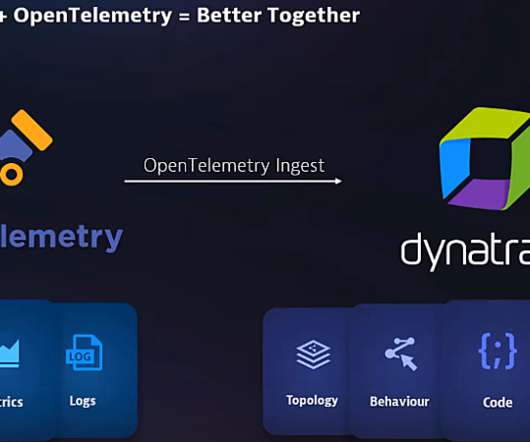What is AWS Lambda?
Dynatrace
APRIL 5, 2021
AWS Lambda is a serverless compute service that can run code in response to predetermined events or conditions and automatically manage all the computing resources required for those processes. Organizations are realizing the cost savings and management benefits of serverless automation. A new record entering a database table.



















Let's personalize your content